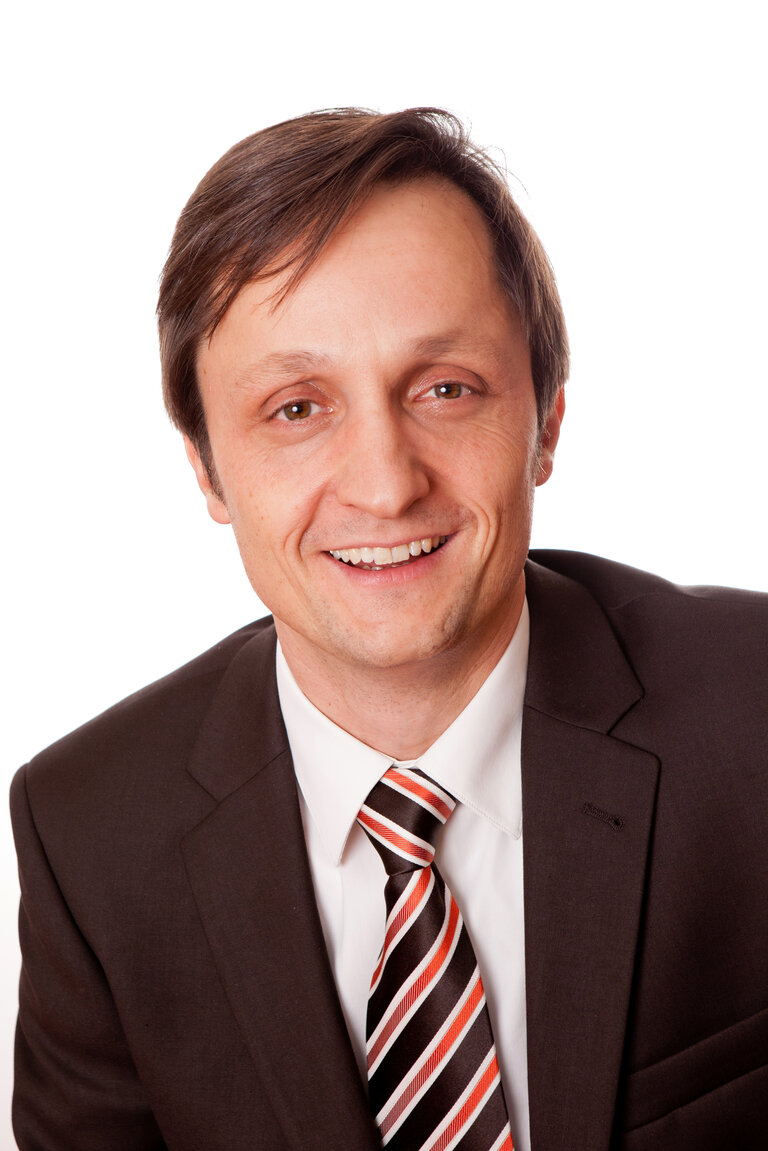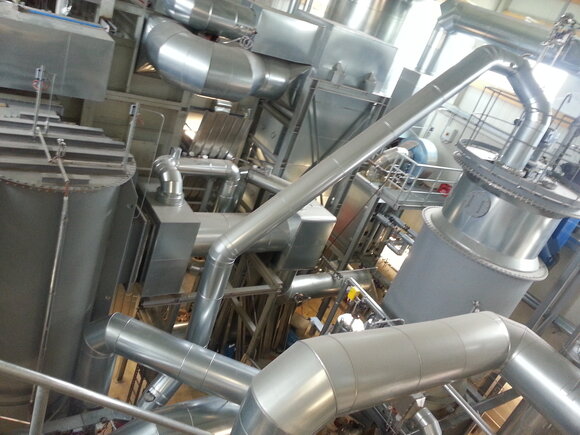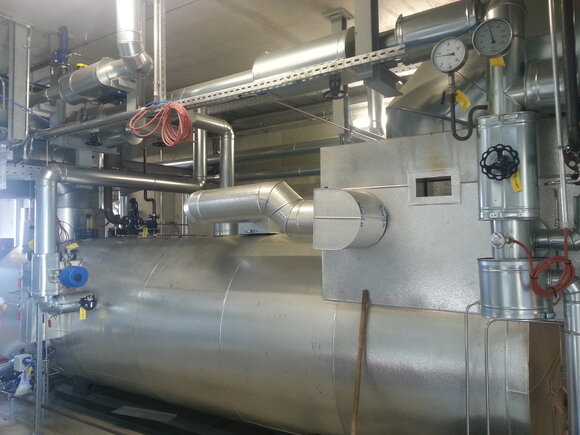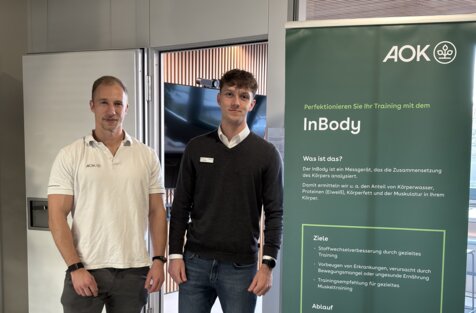Firstly, we wanted to achieve a significant increase in the electrical efficiency of bio-energy plants: Previous technologies with ORC or steam turbines only achieve around 15 - 18 percent with full heat utilization. That was not enough for me.
In addition, these plants require a relatively high amount of electricity: with our wood energy combi power system, we expect to double the net electrical efficiency.
The second goal was to improve flexibility in heat extraction: previous technologies with ORC or steam turbines only allow a temperature level of usually 90°C, i.e. hot water, when heat is fully utilized. However, our customers' industrial processes often require process steam up to 200°C or thermal oil and hot air up to 500°C. This can only be achieved efficiently with our gas turbines. This can only be achieved efficiently with our gas turbines.
The Kombi Power System at Arcobräu Gräfliches Brauhaus GmbH & Co.KG is a prototype - how were you able to convince the management?
The two main advantages mentioned above were immediately clear and decisive for Count Riprand von und zu Arco Zinneberg. What's more, conventional technologies lacked the appeal of something new: after all, the Count himself is an innovative property developer in the USA and the brewery is winning international awards by the dozen.
In addition, the Kombi Power System enables full power generation even with reduced heat requirements: up to 50 percent of the turbine waste heat can be recycled ("recirculated") in the combustion chamber, thus saving fuel.
How do you manage to achieve energy efficiency and emission values that are so much better than those of conventional wood energy systems?
We achieve this efficiency by generating electricity twice: The air downstream of the gas turbine has such a high temperature that it can be used to generate high-pressure steam at over 20 bar and electricity can be produced again via a small steam turbine. In large power plants, this is known as the combined gas and steam process. Until now, however, this was not possible in the low output range, especially with biomass. The Kombi Power System thus leads to a paradigm shift in wood energy plants.
We achieve the emission values by separating the combustion stages: Drying and pyrolysis ("the outgassing of the fuel") takes place with very little air in the gasifier. The bed itself serves as a filter, so that the gas carries very little dust with it.The combustion chamber is built generously with staged air flow, high residence time and is always operated hot. The heat is only extracted after the combustion chamber. This results in the best burnout of the pyrolysis gases. As a result, we have an extremely low dust content in the flue gas, so we need neither boiler cleaning nor filter technology.
What is your vision for the Kombi Power System?
To put the flexibilization of the modular system into practice: We still have a lot of plans for that. Prefabricated modules enable cost savings on the one hand and shorter construction times on the other. It also promotes an increase in quality assurance through less work on the construction site. It is also the prerequisite for the internationalization of our products.
How do you see the future of energy?
Bunt: On a small scale, the further expansion of all decentralized energy systems such as solar, wind and biomass, as well as the combined generation of electricity and heat with combined heat and power plants and small fuel cells
At the same time, the further networking of Europe with North Africa and the Middle East: this is the only way to efficiently store and balance temporary surpluses. For example, there are huge surpluses of hydropower in Norway and Iceland and the solar potential of southern Europe and North Africa is evident.
The fuel sector will be at least as colorful: In addition to the known energy sources, I predict the gradual entry into the methanol economy (http://de.wikipedia.org/wiki/Methanolwirtschaft): Like solar hydrogen, this can be produced efficiently from electricity with a little CO2 or biomass and is liquid - i.e. pumpable and tankable like gasoline.






